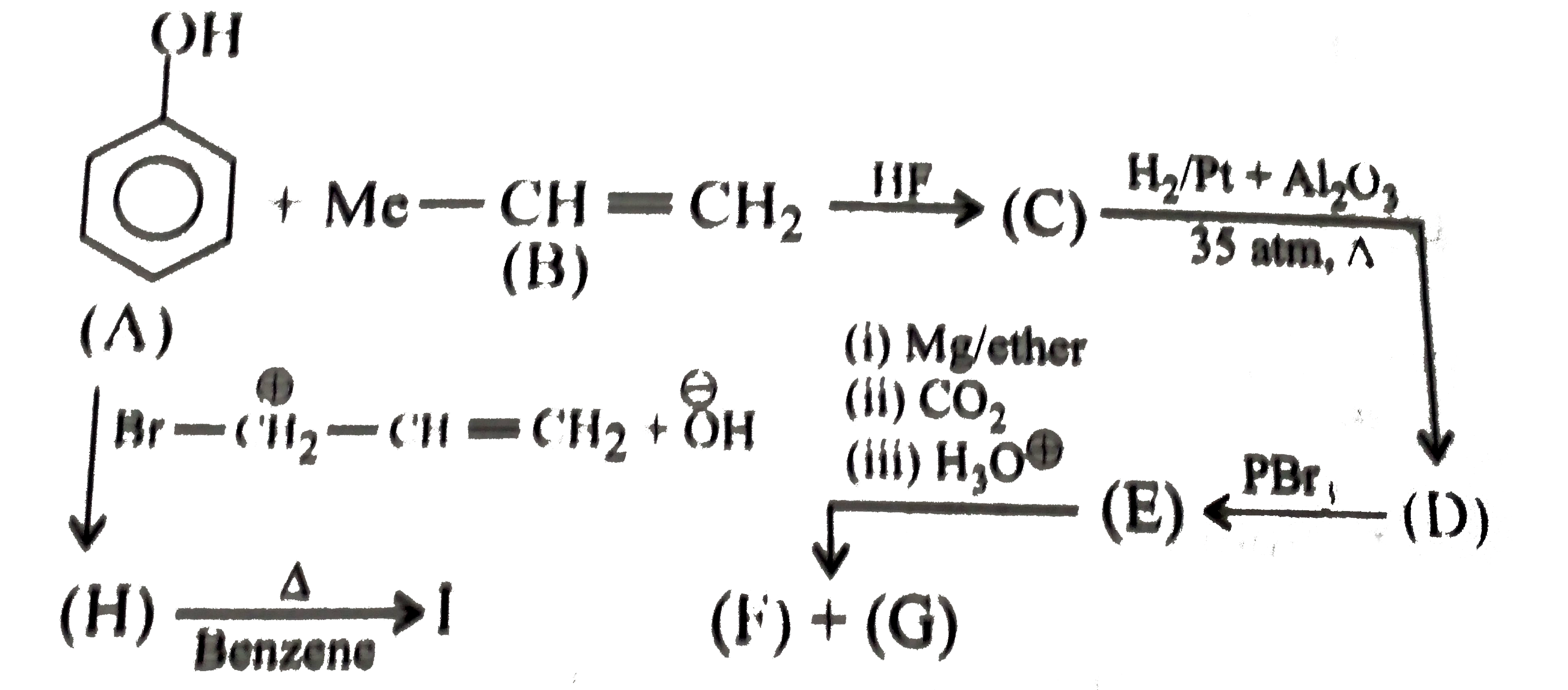In S1N mechanism ............ are involved as intermediate species. Formation of phenol from chlorobenzene is an example of aromatic substitution.
A
Anion, electrophilic
B
Ethanoic acid, nucleophilic
C
Carbocation, nucleophilic
D
Carbanion, electrophilic
Text Solution
The correct Answer is:C
In S1N mechanism carbocation are involved as intermediate species. Formation of phenol from chlorobenzene is an example of nucleophilic aromatic substitution.
|
Updated on:21/07/2023
Related Playlists
- BOOK - ICSECHAPTER - HALOALKANES AND HALOARENES EXERCISE - MATCH1videos
HALOALKANES AND HALOARENES
- BOOK - ICSECHAPTER - HALOALKANES AND HALOARENES EXERCISE - REACTION BASED18videos
HALOALKANES AND HALOARENES
- BOOK - ICSECHAPTER - HALOALKANES AND HALOARENES EXERCISE - MULTIPLE CHOICE QUESTIONS29videos
HALOALKANES AND HALOARENES
- BOOK - ICSECHAPTER - GENERAL PRINCIPLES AND PROCESSES OF ISOLATION OF ELEMENTS EXERCISE - EXERCISE (PART-I ( OBJECTIVE QUESTIONS )) (Fill in the blanks)60videos
GENERAL PRINCIPLES AND PROCESSES OF ISOLATION OF ELEMENTS
- BOOK - ICSECHAPTER - ISC QUESTION PAPEREXERCISE - PART-II(SECTION-B)74videos
ISC QUESTION PAPER
Similar Practice Problems
- Question 1 - Select One
Formation of Salicylic acid from phenol (Kolbe's reaction) is an example of
AElectrophilic addition reactionBNucleophilic addition reactionCElectrophilic substitution reactionDNucleophilic substitution reaction - Question 1 - Select One
SN1 reaction occurs through the intermediate formation of
AcarbocationBcarbanionCfree radicalDtransition - Question 1 - Select One
SN1 reactions occurs through the intermediate formation of
ACarbocationsBCarbanionsCFree radicalsDNone of these - Question 1 - Select One

The names of reaction and intermediate species involved in the formation of (C ), respectively, are:AFriedel-Crafts alkylation, caxrbocationBfriedel-Crafts acylation, carbocationCFriede-Crafts alkylation, radical anionDFriedel-Crafts acylation, radical anion - Question 1 - Select One
Reaction intermediate formed in the formation of salicylaldehyde from phenol (Reimer-Tiemann reaction) is
ACarbocationBFree radicalCCarbanionDCarbene
Similar Questions
Formation of phenol from chlorobenzene is an example of
…. Aromatic substitution.View SolutionFormation of phenol from chlorobenzene is an example of_____aromatic substitution and occurs through____intermediate.
View SolutionFormation of Salicylic acid from phenol (Kolbe's reaction) is an example of
View Solution
The names of reaction and intermediate species involved in the formation of (C ), respectively, are:View SolutionReaction intermediate formed in the formation of salicylaldehyde from phenol (Reimer-Tiemann reaction) is
View Solution

